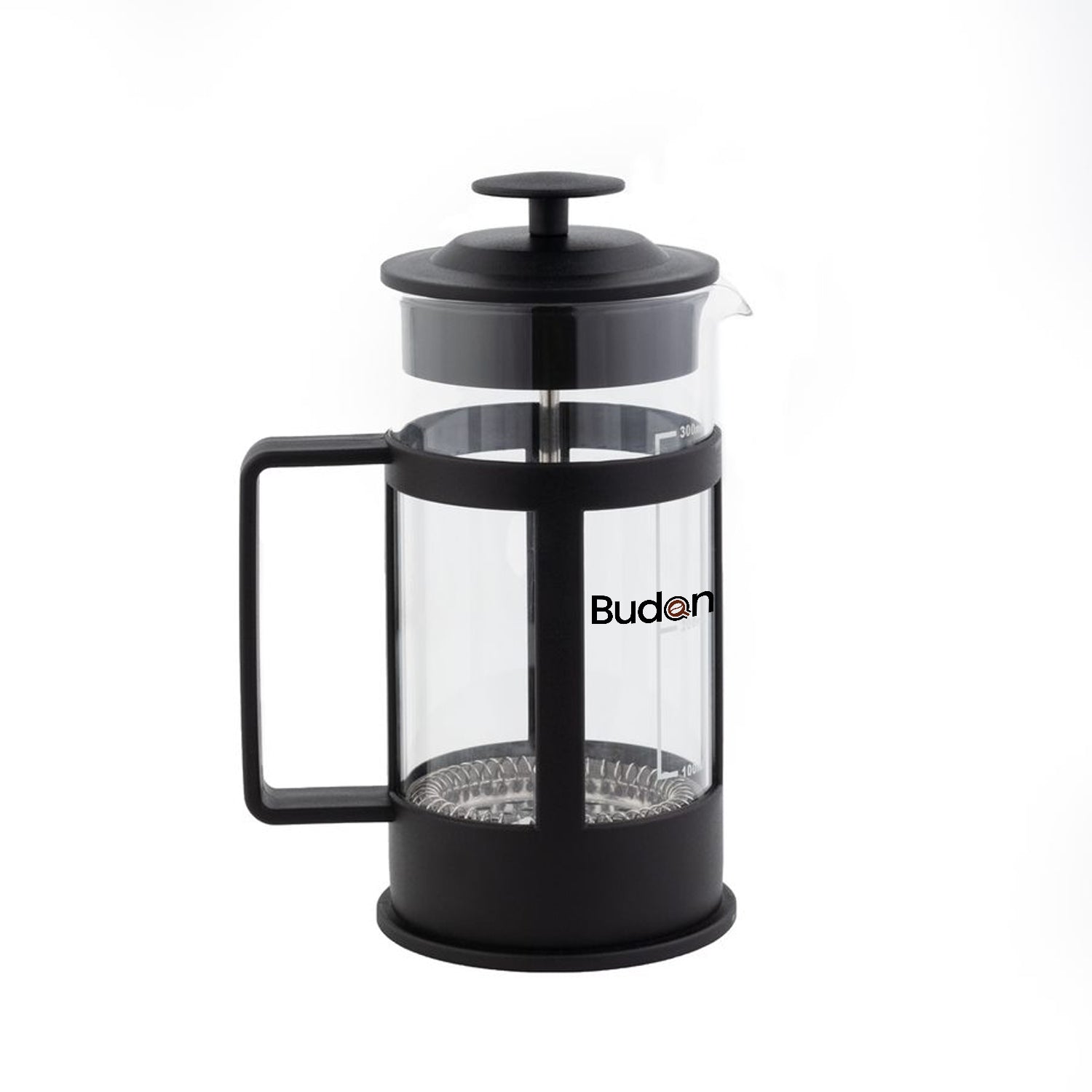For coffee lovers, a machine is more than an appliance—it’s a daily ritual. Whether you own an espresso machine, a bean-to-cup automatic, or a simple drip maker, cleaning and maintenance are what determine how long your coffee machine lasts and how good your coffee tastes. Neglect them, and you’ll face bitter coffee, inconsistent brewing, or costly repairs. Treat them right, and your machine can deliver café-quality brews for many years.
Here’s a well-researched guide with practical, step-by-step tips to keep your coffee machine in perfect shape.
Why Coffee Machine Maintenance Matters
Every brew leaves behind residues:
-
Coffee oils cling to brewing surfaces and turn rancid over time, creating bitter or stale flavors.
-
Minerals (calcium, magnesium) in water accumulate as scale inside boilers, tubes, and pumps, reducing efficiency and potentially causing breakdowns.
-
Milk proteins from frothing systems dry into sticky, bacteria-prone films.
Ignoring these buildups doesn’t just shorten machine lifespan—it also affects flavor quality. A clean machine produces brighter, sweeter, more aromatic cups.
Daily Cleaning Checklist
No matter what kind of machine you own, some steps should happen every day.
Espresso Machines
-
Purge the steam wand before and after use to clear milk residue. Wipe with a damp cloth immediately—dried milk is stubborn.
-
Backflush the group head with clean water to remove loose coffee grounds and oils.
-
Rinse portafilters and baskets under hot water, avoiding soap that leaves residues.
-
Empty the drip tray and knock box to prevent mold and odors.
Automatic Bean-to-Cup Machines
-
Empty the used puck container and drip tray daily.
-
Rinse milk frothing attachments or run the auto-clean cycle after each use.
-
Quickly wipe exterior surfaces with a damp cloth to remove spills or coffee splashes.
Drip Coffee Makers / Pour-Over Equipment
-
Discard used grounds and rinse the filter basket.
-
Wash carafe and filter parts with warm soapy water to prevent oil buildup.
-
Rinse pour-over cones (like V60 or Chemex) thoroughly after brewing.
Capsule Machines
-
Empty used capsule bins daily.
-
Rinse the drip tray and capsule holder to prevent sticky residues.
-
Run a water-only cycle to flush coffee oils from the spout.
Weekly Cleaning Routine
Taking a few extra minutes each week prevents stubborn buildup.
-
Espresso machines: Perform a detergent backflush with espresso cleaner tablets or powder. This removes hidden oils and prevents rancid flavors.
-
Grinders: Brush out burrs and chute areas to clear stuck grounds and fines.
-
Drip brewers: Run a cycle with water + a teaspoon of baking soda, followed by a plain water cycle to neutralize odors.
-
Capsule and automatic machines: Run cleaning tablets through the system if recommended.
Pro Tip: Keep a dedicated cleaning brush kit near your machine. Tools designed for group heads, steam wands, and burr grinders make the job faster and more thorough.
Monthly to Quarterly Maintenance
The biggest threat to your machine’s health is scale buildup from hard water. The frequency of descaling depends on your local water quality and usage, but as a rule of thumb:
-
Light use + soft water: Descale every 3–4 months.
-
Heavy use or hard water: Every 1–2 months.
Descaling Steps (General)
-
Prepare descaling solution (manufacturer’s product or a safe alternative like citric acid).
-
Run the solution through the machine: brew cycles (drip/automatic) or pump cycles (espresso).
-
Pause midway to let the solution soak into mineral deposits.
-
Flush with fresh water multiple times until no solution taste remains.
Note: Always follow manufacturer guidelines. Vinegar is often discouraged—it leaves strong odors and can damage seals.
Other quarterly tasks:
-
Replace water filters (if your machine has them).
-
Lubricate seals and moving parts if recommended (especially for espresso machines).
-
Check grinder burrs for dullness; replace every 500–1000 pounds of coffee, depending on burr type.
Special Care for Milk Frothing Systems
Milk is notorious for creating stubborn residues that breed bacteria. For machines with frothing wands or automatic milk carafes:
-
Daily: Purge and wipe wands immediately after steaming. Rinse carafes after each use.
-
Weekly: Soak frothing tips in warm water with a milk cleaner solution.
-
Automatic frothers: Run a dedicated milk system cleaning cycle with the proper cleaner.
Neglecting milk system cleaning not only affects flavor but also hygiene—spoiled milk residues can cause sour or rancid tastes.
Storage and Operating Environment
Where you keep your machine matters too:
-
Stable surface: Prevents vibration damage to internal parts.
-
Dry environment: Avoid areas prone to condensation or humidity.
-
Away from direct sunlight: Prolongs plastic and rubber lifespan.
-
Cool storage for beans: Keep beans in airtight containers away from heat and moisture—never in the fridge.
Water Quality: The Silent Lifesaver
Over 98% of coffee is water. The wrong water causes both bad taste and machine damage.
-
Filtered water protects against limescale and chlorine.
-
Avoid distilled water—it lacks minerals necessary for proper extraction.
-
Aim for water with 75–150 ppm total hardness and balanced alkalinity.
If your tap water is very hard, invest in:
-
Inline water filters for plumbed-in machines.
-
Pitcher filters for filling reservoirs.
-
Bottled water blends formulated for coffee brewing.
Signs Your Machine Needs Attention
Watch for early warnings that your machine needs cleaning or repair:
-
Brew cycle is slower than usual → Possible scale buildup.
-
Coffee tastes sour, bitter, or off → Dirty group head, rancid oils.
-
Steam wand pressure is weak → Blocked tip or scale in boiler.
-
Odd noises during brewing → Pump struggling against blockage.
-
Visible white deposits around spouts or tanks → Scale buildup.
Catching these signs early saves you from major breakdowns.
Maintenance by Machine Type
Espresso Machines
-
Daily water backflush + weekly detergent backflush.
-
Replace group gaskets annually.
-
Descale quarterly (if not using filtered water).
Automatic Bean-to-Cup Machines
-
Remove and rinse the brew unit weekly.
-
Clean grinder chamber monthly.
-
Descale and replace water filters as prompted.
Drip Brewers
-
Deep clean monthly with a descaler.
-
Replace paper filters daily; wash permanent filters thoroughly.
-
Wash carafe with baking soda solution to remove stains.
Capsule Machines
-
Descale every 2–3 months.
-
Clean capsule holders weekly.
-
Rinse spout with water-only cycles daily.
Extending Lifespan: Pro Tips
-
Use filtered water to drastically reduce scale.
-
Stick to the schedule—set reminders for descaling and filter changes.
-
Keep parts moving: Machines last longer when used regularly. Idle machines are more prone to clogs and stale oils.
-
Follow manufacturer’s instructions: Using the wrong cleaning chemicals can void warranties.
-
Professional servicing: For high-end machines, an annual check-up keeps pumps, boilers, and electronics in peak condition.
Conclusion
A coffee machine is a long-term companion if you care for it. By following a daily, weekly, and monthly routine, using proper cleaning agents, and paying attention to water quality, you can keep your brewer tasting fresh and performing like new for years.
Think of maintenance not as a chore, but as a way of protecting your daily ritual. After all, a clean, well-maintained machine doesn’t just last longer—it delivers better coffee, sip after sip.


























